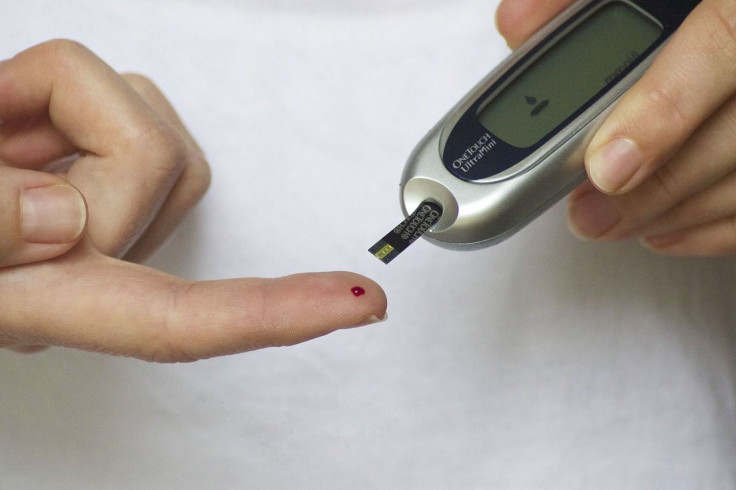The Different Symptoms of Type 1 and Type 2 Diabetes

KEY POINTS
- Type 1 and type 2 diabetes both affect the blood sugar levels
- There are distinct differences though between the two
- One of these is the kinds of treatments available
Diabetes is a chronic condition characterized by the sudden changes in your blood sugar levels. Such situations give rise to a host of symptoms ranging from being very thirsty to becoming very tired. Although it is a distressing condition, the ailment can be managed efficiently if you can detect it early on. There are two major diabetes types, namely, Type 1 and Type 2 diabetes. When it comes to their symptoms, there are instances where they differ.
Type 1 Diabetes
This is an autoimmune condition and is not caused by poor lifestyle decisions or an unhealthy diet. An autoimmune condition is where your body’s immune system attacks itself rather than protect it from the disease.
The attack is centered on the cells in your pancreas, where insulin is being made. This means your body’s ability to produce this essential hormone is impeded.
Although it is possible to live without insulin, it can mean losing control of your blood glucose levels. This condition can cause complications with your feet, kidneys, eyes, and heart. Health statistics reveal only about 8% of adults suffer from Type 1 diabetes, making it less common compared to Type 2.
Type 1 Diabetes Origins
Researchers have not been able to fully establish with certainty as to the cause of Type 1 diabetes. Studies show, however, that particular genes put some people at a higher risk of developing this condition.
Data also shows that approximately 90% of people who found they have the condition say they do not have any relative suffering from the same ailment. This suggests that Type 1 diabetes is not necessarily hereditary.
Symptoms of Type 1 and Type 2 Diabetes
Both conditions are characterized by the inability of your body to produce insulin, or if it can do so, the amount is insufficient. In Type 1 diabetes, your body attacks its own immune system, hampering the production of insulin, leading to the inability of glucose to get into the cells.
Type 2 diabetes is oftentimes linked to older people and obesity. It often develops when the body is not making enough insulin, or the cells do not react to insulin. Both types cause glucose to be trapped in your bloodstream instead of being utilized for energy. Data shows that of all patients who suffer from diabetes, 90% of them have Type 2.
Type 1 and type 2 diabetes have similar symptoms, but the difference is the speed in which such symptoms happen. In type 1 diabetes, the symptoms appear rather quickly, making it easier to identify and secure a diagnosis from a doctor. The symptoms in type 2 diabetes appear at a slower pace and are often less noticeable.
Another difference is there are more options available when it comes to managing type 2 diabetes compared to the other type. Since type 2 diabetes is linked to your lifestyle and health, making some changes in your lifestyle and diet can improve your blood sugar levels even without medication.
© Copyright IBTimes 2024. All rights reserved.





















